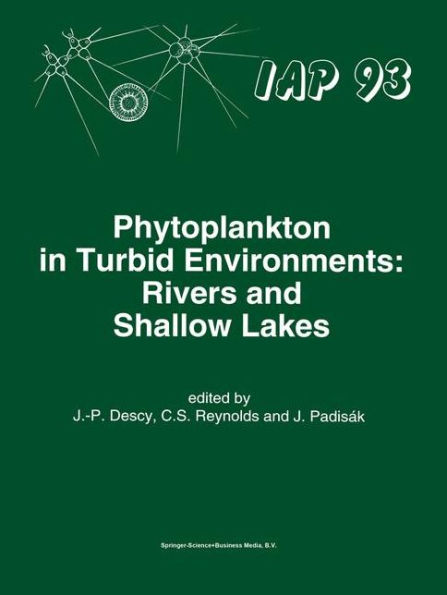5
1

Phytoplankton in Turbid Environments: Rivers and Shallow Lakes
214
Phytoplankton in Turbid Environments: Rivers and Shallow Lakes
214Hardcover(1994)
$169.99
169.99
In Stock

Product Details
| ISBN-13: | 9780792331117 |
|---|---|
| Publisher: | Springer Netherlands |
| Publication date: | 09/30/1994 |
| Series: | Developments in Hydrobiology , #100 |
| Edition description: | 1994 |
| Pages: | 214 |
| Product dimensions: | 7.60(w) x 10.24(h) x (d) |
From the B&N Reads Blog



